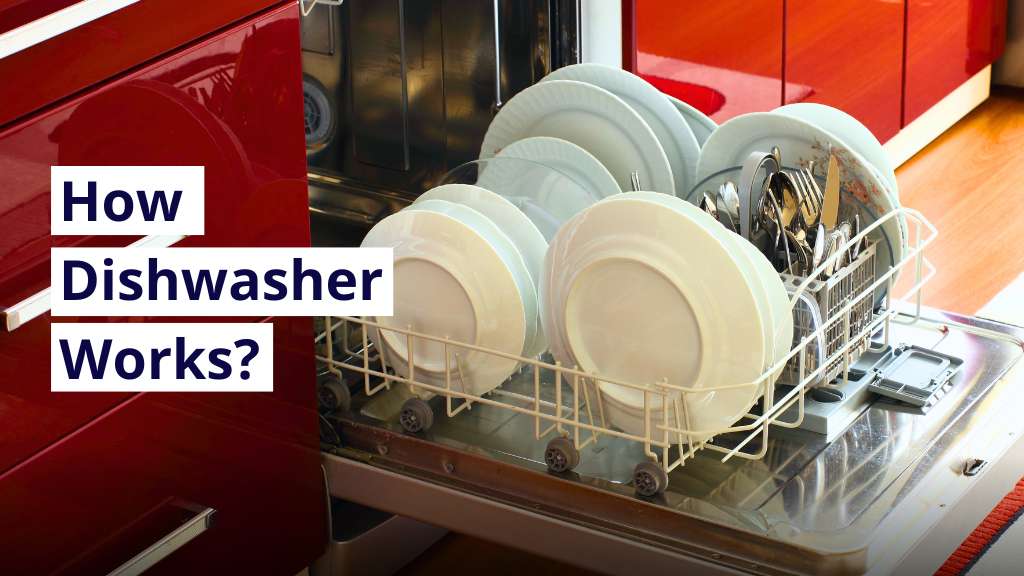
When you’re all messy, you take a shower, right? Well, guess what? Your dirty dishes can take a shower too, in a machine called a dishwasher. Instead of scrubbing off old food from your plates, you can thank Josephine Cochran, an American who invented the first automatic dishwasher in 1886. Her machine made washing dishes a breeze. You just put your dirty dishes in, and it showers them clean with hot, soapy water. Dishwashers haven’t changed much since then, but have you ever wondered how a dishwasher works? Let’s find out what happens inside the machine after you close the door!
How Does a Dishwasher Work?
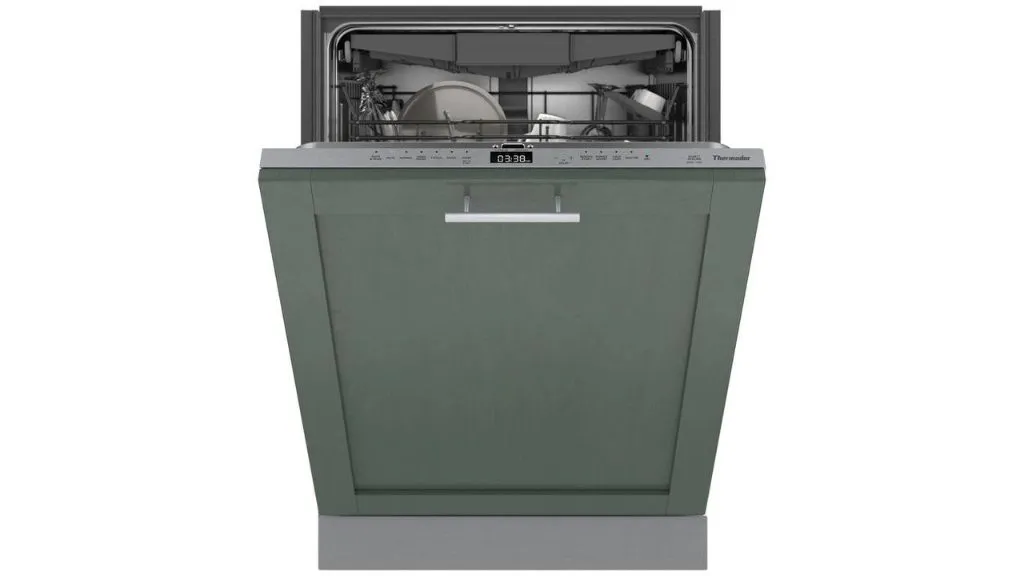
When you wash dishes by hand, you fill a sink or bowl with water and soap, then scrub the dishes with a cloth or brush as they sit in the water. In a dishwasher, it’s different. The dishes stay in plastic baskets and hot, pressurized water sprays all around them. The dishwasher must stay closed during this process, or water will spray all over your kitchen.
A dishwasher begins by taking in cold water through a hose. Once enough water is inside, a metal bar heats it using electricity. An electric pump pushes the warm water up pipes connected to spinning paddles. One paddle is metal and sits beneath the bottom rack, while the other is plastic and is under the top rack.
Here’s a simple explanation of how a dishwasher works:
- Water Makes the Paddles Spin: Water comes into the dishwasher and makes the paddles spin, just like garden sprinklers.
- Paddles Shoot Hot Water: As the paddles spin, they shoot out hot water through small holes in your dirty dishes.
- Dirty Side Down: It’s best to put your dirty plates facing downward so the hot water can clean them properly.
- Hotter at the Bottom: The lower part of the dishwasher, with the bottom rack and paddle, is closer to the heating element, so the water there is hotter. Some items are marked “Top rack dishwasher safe” because they can handle the cooler upper part.
- Water Repeats the Cycle: After hitting your dishes, the water falls to the bottom and gets heated again. It’s pumped around for about half an hour to clean everything. A sieve catches big debris, and smaller bits go down the drain.
- Dishes Dry Naturally: The hot water is so hot that it evaporates, drying your dishes naturally. No need to wipe them if you don’t overload the dishwasher.
How Hot Does The Water Need To Be?
Dishwashers try to find a balance between being fast, saving energy, and doing a good job. When the water is hotter and the wash takes longer, it uses more electricity and costs more. But, hotter water also kills germs like bacteria faster, which is how a dishwasher works.
According to the World Health Organization, water around 140°F (or 60°C), which is like pasteurization, quickly kills germs. This happens in just a few seconds to 30 minutes, depending on the germ. So, if your dishwasher runs at 140°F for 30-60 minutes, it’s likely cleaning your stuff well. On the other hand, handwashing with lukewarm water and a possibly dirty brush or sponge isn’t very hygienic at all. Bits of old food can be floating around, making it less effective.
Why Do Dishwashers Need Detergent?
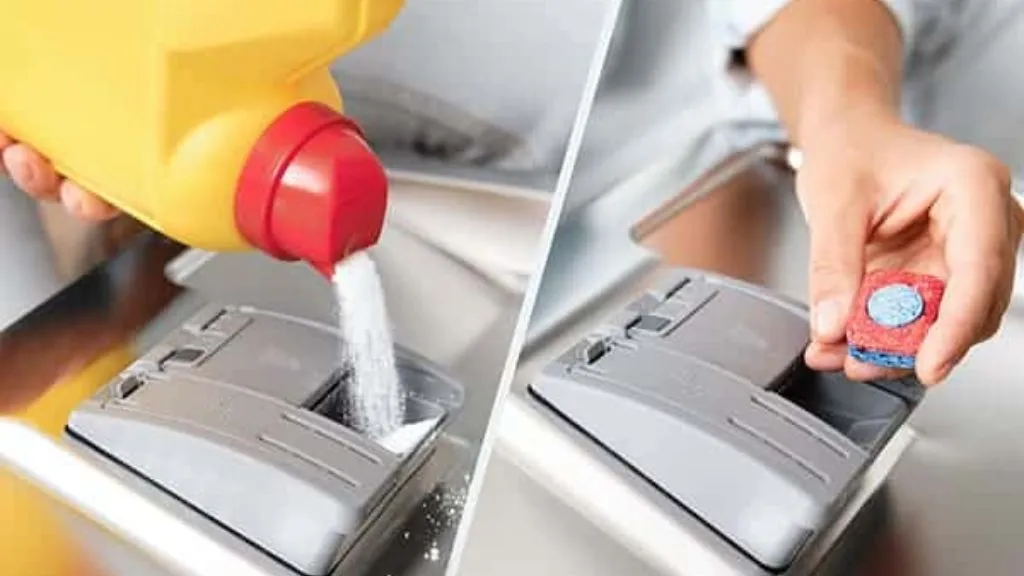
In a dishwasher, you need detergent to clean your dishes. You put the detergent in a special compartment in the door. How does a dishwasher work during the washing cycle? This compartment opens and releases the detergent into the hot water at the bottom of the machine.
Dishwasher detergents are like laundry detergents. They contain a mix of ingredients to clean your dishes, remove food residues, prevent rust, and make your dishes smell nice. It’s similar to how laundry detergents work and its composition is as explained in the following pie chart:
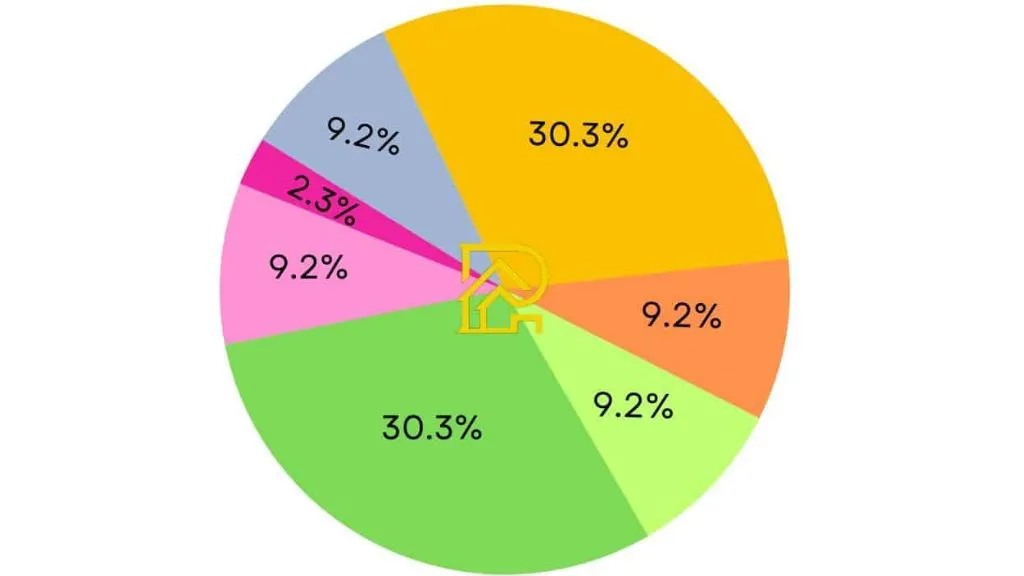
- Sodium tripolyphosphate: 30.3%
- Sodium silicate: 30.3%
- Sodium carbonate: 9.2%
- Sodium sulfate: 9.2%
- Chlorinated compounds: 9.2%
- Surfactants: 2.3%
- Water: 9.2%
- Plus, other additives
Chart Explained!
A typical dishwasher detergent contains several ingredients:
- Sodium tripolyphosphate (STPP) (30.3%) – This is an alkaline substance that softens the water.
- Sodium silicate (30.3%) – It’s used to prevent rust.
- Sodium carbonate (9.2%) – This ingredient helps break down acids and fats.
- Chlorine compounds (9.2%) – These disinfect and assist in breaking down food remains that contain proteins.
- Sodium sulfate (9.2%) – This is an anionic surfactant, and there are also nonionic surfactants present.
- Additional additives – Enzymes and fragrances are also included in the detergent.
In addition to detergent, dishwashers require something called “salt” from time to time to prevent limescale buildup and ensure their filters work correctly. It’s important to remember that dishwashers and kids don’t go together well. If you have a dishwasher at home, make sure to store the detergent tablets where young children can’t reach them. A study in the United States found that in just one year, more than 62,000 children under six years old were accidentally exposed to harmful laundry and dishwashing detergents. So, safety first! If you’re wondering how does a dishwasher work, it’s important to learn about its components and functions.
A recent study conducted by doctors who take care of kids in New Zealand found that dishwasher detergent tabs can be harmful to our bodies. They said these detergents are super strong and can cause really bad injuries or make people sick for a long time. To keep kids safe, they suggest making the chemicals in these detergents less strong and using safer packaging. Additionally, parents need to understand how a dishwasher works to ensure their children’s safety.
The Mechanics Behind A Dishwasher
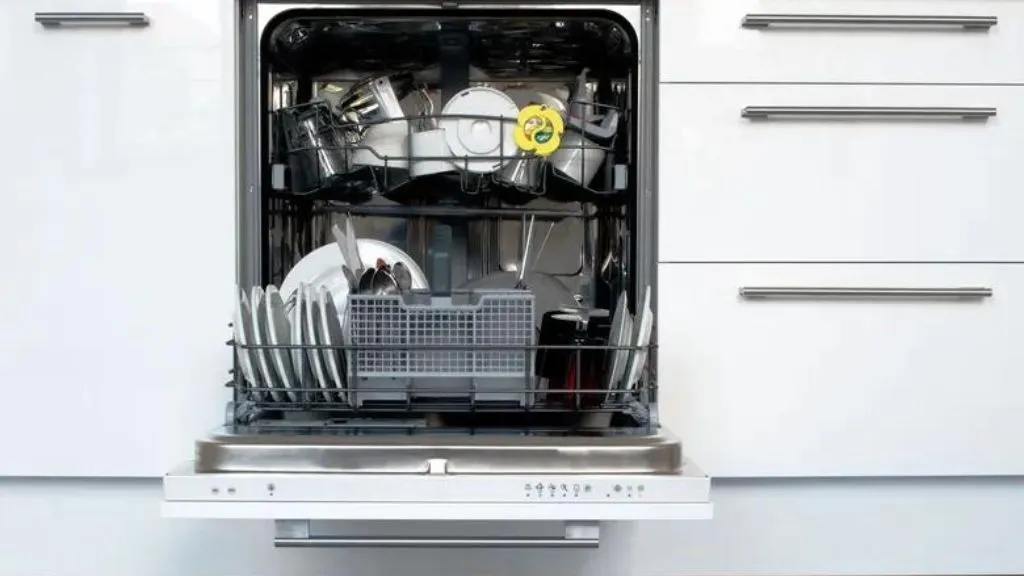
Here’s how your dishwasher works in technical terms:
- Cold water comes in from your home’s water supply.
- An electric heater at the bottom of the dishwasher warms the water to 30–60°C (86–140°F), hotter than handwashing water, making it more hygienic.
- An electric pump at the bottom pushes the water up through the sides.
- Water shoots through holes in a metal paddle at the bottom, making it spin. It’s metal to handle the high temperature.
- Cooler water sprays through holes in an upper plastic paddle, also making it spin because the top is cooler.
- The water, after washing your dishes, goes back to the bottom, gets heated again, and repeats the process. (Dishwasher tablets dissolve in the hot water at the bottom, but you can put them there if the dispenser doesn’t work.)
Note:
In this scenario, we’re talking about dishwashers that use cold water for washing, but they heat it themselves. Some dishwashers use hot water directly and some can use both hot and cold water supplies. However, understanding how a dishwasher works is essential to grasp these water-heating mechanisms.
An Endnote
Dishwashers are like clever machines that watch over themselves to work properly. They have a timer or a small computer to control how long they wash. Sensors keep an eye on the water and air temperature to prevent overheating and damaging dishes. If there’s too much water, another sensor kicks in to avoid overflowing. Some dishwashers can even tell when the water’s clean, so they know the dishes are done.
Even though dishwashers are sealed tight, they don’t fill up entirely with water. Just a little bit collects at the bottom. This water gets super hot, up to 155 degrees Fahrenheit (68 Celsius), with detergent mixed in. Then a pump pushes it up to spray the dirty dishes.
This is how a dishwasher works: think of it like a garden hose without a nozzle. If you cover the end with your thumb, the water shoots out harder. Dishwashers work the same way, with water jets that force the spray arms to spin, kind of like a lawn sprinkler.
Once the dishes are free of food, they either get caught in a filter or chopped up into tiny pieces, a bit like a garbage disposal. Then, the cycle repeats: heat, spray, and back into the pool below.
When all the washing and rinsing are done, the water goes back to the bottom, and the pump pushes it out of the dishwasher. Depending on your dishwasher type, it might drain into your sink’s pipes or the garbage disposal.
Lastly, some dishwashers have a drying step, where a heating element warms the air inside to dry the dishes. But some folks skip this to save energy. Dishwashers aren’t super complicated, and hopefully, Propertygeek’s insight into how a dishwasher works helped you understand its working.
Follow this section for more such articles!






